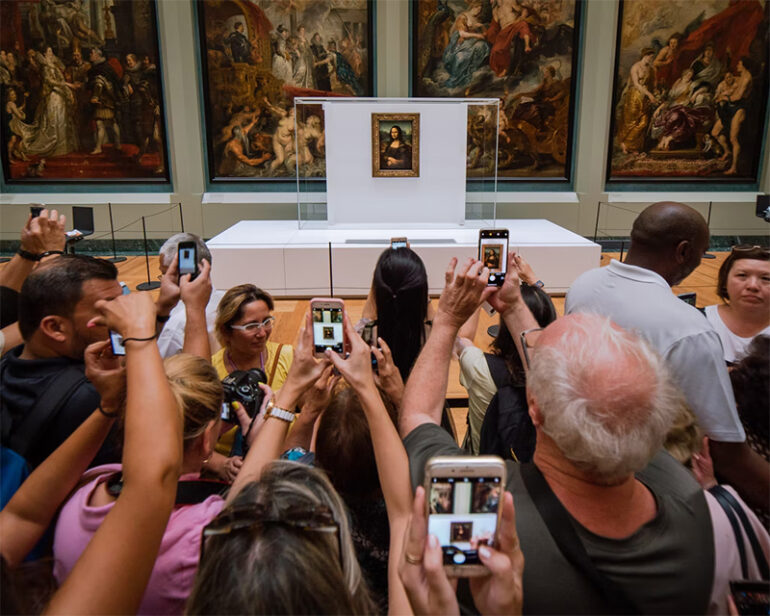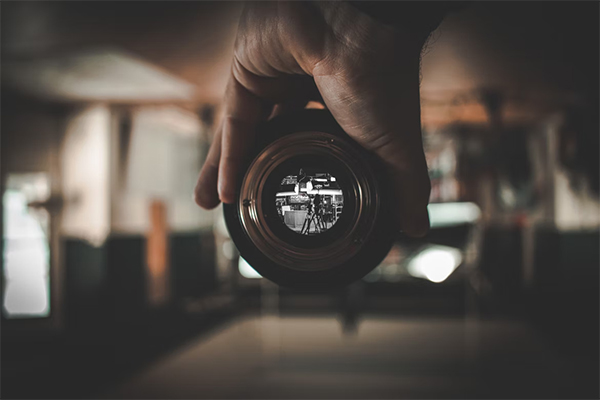As an artist, perfecting your craft takes a lot of time and painstaking effort. Photographing the artwork is often neglected after hours or even days of painting, coupled with exhaustion and approaching deadlines. Too many of us are clueless about the details and settle for a few lousy photos before sending the artwork out.
A well-photographed art can earn you a good impression. It is important since most artists must submit their artworks digitally for grants, talks, exhibitions, and public profile websites. Many artists have amazing works, but their poorly shot images distort the artwork. The ability to capture the beauty of artwork means a huge difference between winning the interest of a gallery director or an important client and being accepted to an exhibit or show.
Below are some of the ways that will allow you to photograph your artwork like a pro:
- Hang your work on the wall
We frequently see photographs of artwork leaned up to the wall and captured from a lower setting. Choose a neutral-colored wall (black, white, or gray), then hang your artwork at a height where the center of your piece is aligned to where the camera is on a tripod or securely lying on a table or other area.
- Capture your artwork in a good lighting
When photographing your artwork indoors, choose where more natural light comes in. Just make sure that the natural light doesn’t directly hit your work. Indirect sunlight works as excellent lighting for artworks, so some visual artists photograph their works indoors when it’s overcast or cloudy.
You’ll have to arrange a lighting kit if the weather isn’t cooperating or if you have a late-night deadline. Fortunately, if you aren’t ready to invest in a professional environment, you don’t have to spend a fortune. You only need to shoot your 2D work with two lights.
- Adjust your settings and camera
After hanging your artwork on the wall, check the camera settings if it’s set to the lens lines up with the painting’s center. Your goal is to place your camera in a way that the frame captures most of the artwork while still having a little bit of the background, which you’ll remove later.
For most juries, seeing the painting’s edges is important as it provides a sense of scale. Also, set the timer of your camera to four to five seconds. It will allow you to stabilize your hands after pressing the shutter button.
- Edit your photos for a flawless result
You can find photo editing software online to minimize inconsistencies in your work. There is a lot of free software you can install on your computer, but professional editing software has more advanced tools that you can take advantage of. Some of the functions you’ll need are cropping color correction, and other minor adjustments.
Final Thoughts
Ultimately, every artist knows that having an eye-catching portfolio means a lot. So, it’s important to learn how to take a good photo of your artwork before sending them off to their new owners or displaying them in an auction or exhibit. The photographs of your works should look professional to give off a good impression on those who will look at them.
Photo Attribution:
1st and featured image https://unsplash.com/photos/3KBlVVWwA18
2nd image by https://unsplash.com/photos/4W8LN0FgKNI

